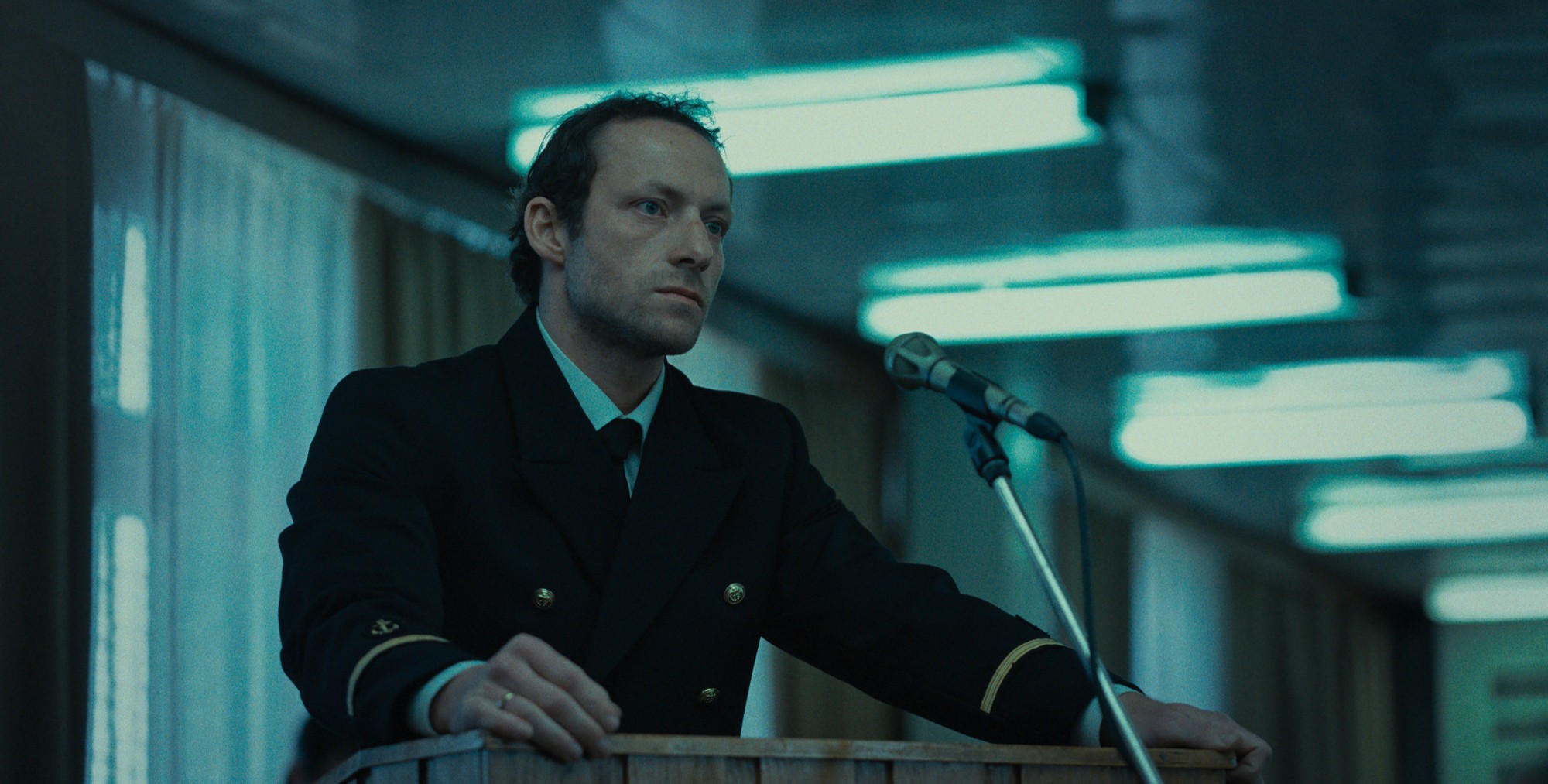Helmed by Jan Holoubek, Netflix’s ‘Heweliusz’ follows an off-duty captain, Piotr Binter, as he investigates the catastrophic maritime disaster involving the ferry he once captained. When news of Heweliusz’s sinking reaches the public, a cruel game of pointing fingers follows, and Binter, along with the survivors of those who died in the tragedy, is forced to navigate through various contradicting narratives to arrive at the true account of what happened. This Polish historical disaster drama series, based on a real-life ferry disaster that claimed 36 lives, approaches things from the perspectives of not just the survivors and the deceased, but also the families left behind. SPOILERS AHEAD.
Heweliusz Plot Recap
While the show is structured around brief glimpses into the night of the ferry disaster, much of the plot consists of the aftermath, including the investigation that follows. To that end, ‘Heweliusz’ begins with Captain Piotr Binter waking up to hear that the eponymous ship, which he once led, is capsizing. Immediately getting into action, he maps out a rescue plan, but is interrupted by the seemingly never-ending red tape, this time suspiciously involving the military. Meanwhile, chaos unfolds on the ship, which by now is nearly upside down. While the remaining survivors huddle together in a sinking lifeboat, helicopters arrive at a sea full of corpses. Among those to be safely rescued is Witek Skirmuntt, an officer on board, who is on the verge of collapsing due to hypothermia. With just nine survivors out of 36 passengers and 29 crew members, the government springs into action, and a Maritime Chamber is established to conduct an official inquiry.
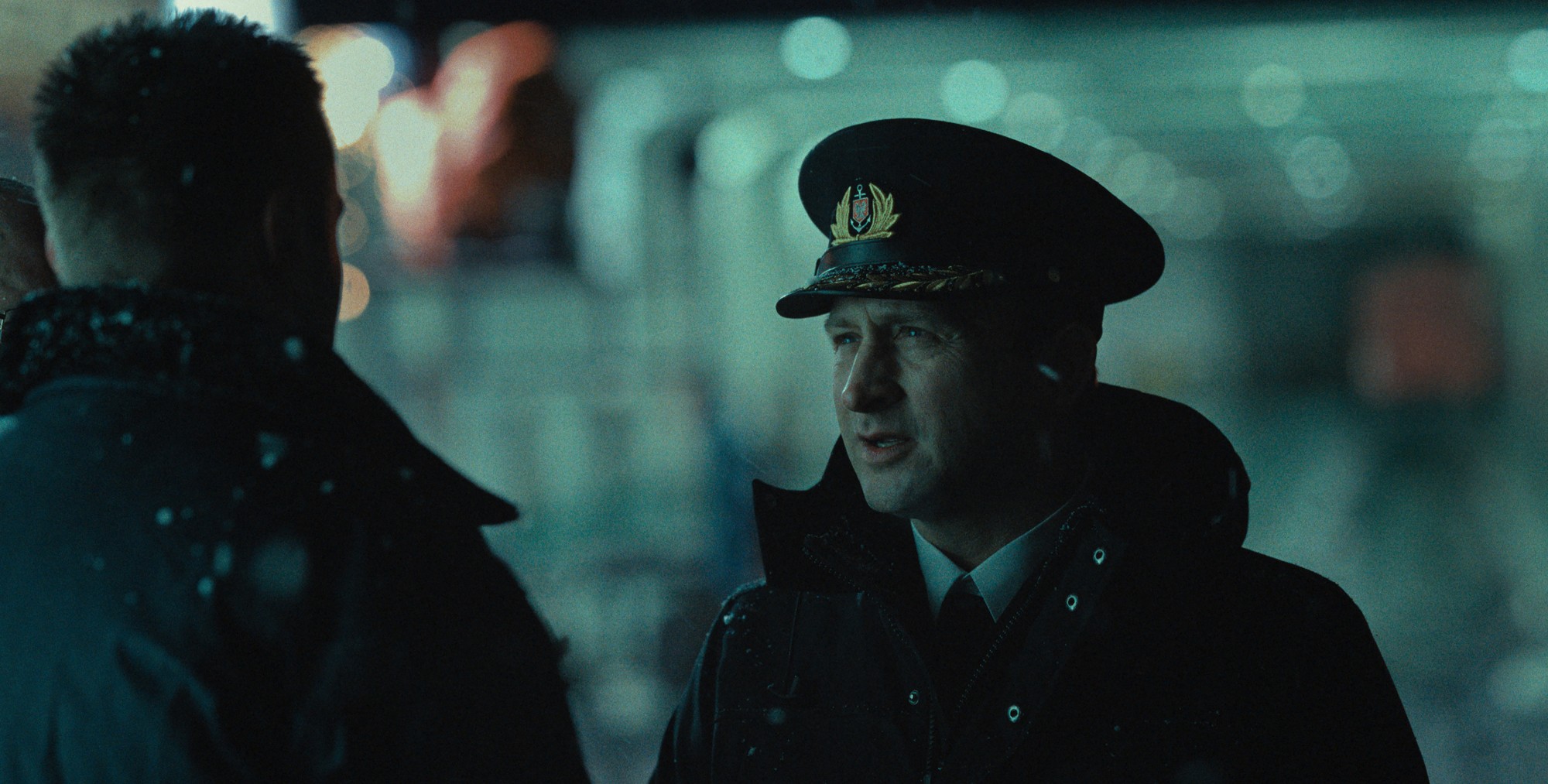
News about the tragedy spreads like wildfire, and the families of everyone on board rush to the scene, demanding answers. Binter is taken to the site to help identify bodies, but his questions about the incident are met with firm pushback. Navica Ferries, the company that owns Heweliusz, throws everything at the wall to avoid the blame, and as a result, the Maritime Chamber is primed to blame the ship’s captain, Andrzej Ułasiewicz, for everything that transpired. However, Binter rejects the idea, and his selection as one of the lay judges in the chamber only amplifies that conflict. Elsewhere, Witek wakes up in a German hospital, and on his way back, learns that he has been mistakenly identified as Marek, a person who died in the disaster. Marek’s wife is left heartbroken, and Witek has to carry that burden on his way home, where readjusting to family life proves to be a near-impossible task.
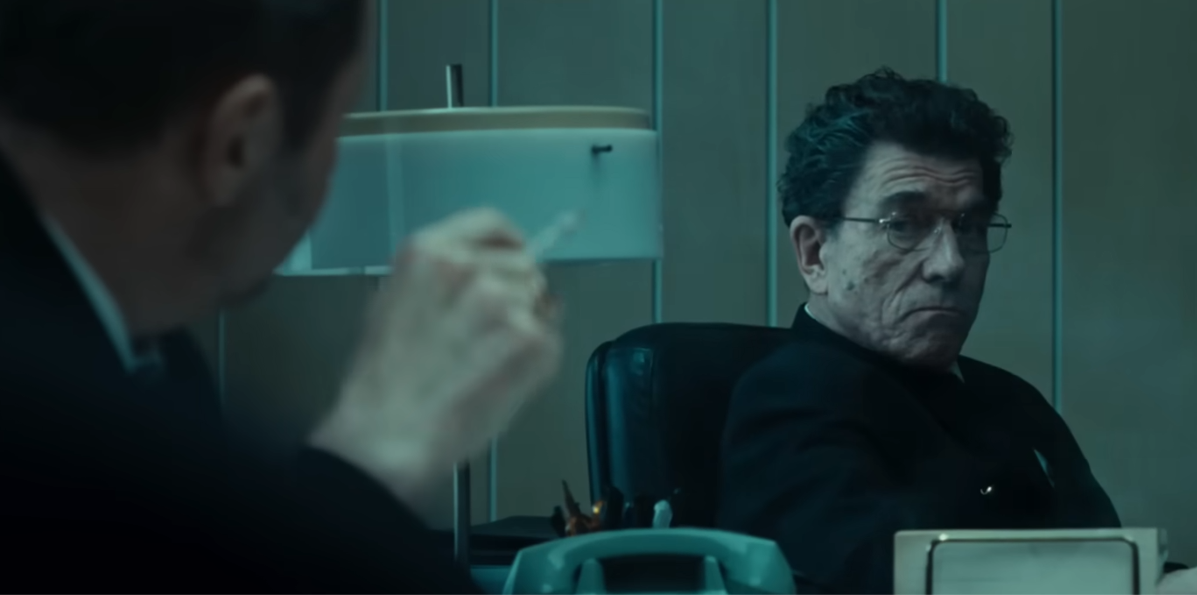
With hatred for Captain Ułasiewicz steadily piling on due to media narratives, life becomes harder for his wife, Jolanta, and daughter, Aga. Meanwhile, Binter tries everything at his disposal to ensure that his crew’s name is not tarnished in the investigation, but it soon becomes evident that the Chamber is dishonest from the get-go and intends to wrap up the case as quickly as possible. Refusing to let this happen, Binter secretly connects Jolanta with Igancy Budzisz, a steadfast lawyer who agrees to take on the case. In the lengthy Maritime Chamber inquiries that follow, Budzisz constantly proves that the opposition’s case is built on shaky assumptions, such as the crew being drunk during the accident.
While Binter provides support from the inside, it soon becomes apparent that certain pieces of the puzzle are missing. Further investigations reveal that the ship was carrying about 30 tons worth of undisclosed weight, largely coming from military-approved cargo. Binter suspects that the trucks were carrying weapons into Poland, but with no evidence backing up his claims, he is backed into a corner. Furthermore, there appears to be no explanation for the captain’s decision to turn the ship in the middle of the storm. However, with the help of Witek’s input, Binter lands on a revelation that seemingly connects both of the mysteries, but much of the battle still remains to be seen.
Heweliusz Ending: How Did the Ferry Really Sink? Why Did the Captain Turn the Ship?
In the ending of ‘Heweliusz’, the Maritime Chamber pins the entirety of the Heweliusz tragedy on Captain Andrzej Ułasiewicz, citing the ferry’s structural issues and the rough weather as secondary contributors. However, the mystery remains far from wrapped up, as several details unveiled in the investigation point to a larger conspiracy at play. At the heart of this case is the captain’s inexplicable decision to turn the ferry mid-course, during the storm, as that loss of momentum and stability is what leads to the fatal tilting. However, with Witek refusing to provide clear answers, Binter is forced to take matters into his own hands. Upon listening to archives of German radio transmissions from 14 January, Binter discovers a startling detail that appears to have been intentionally omitted from the case files: the presence of a second ship right next to Heweliusz on that fateful day.
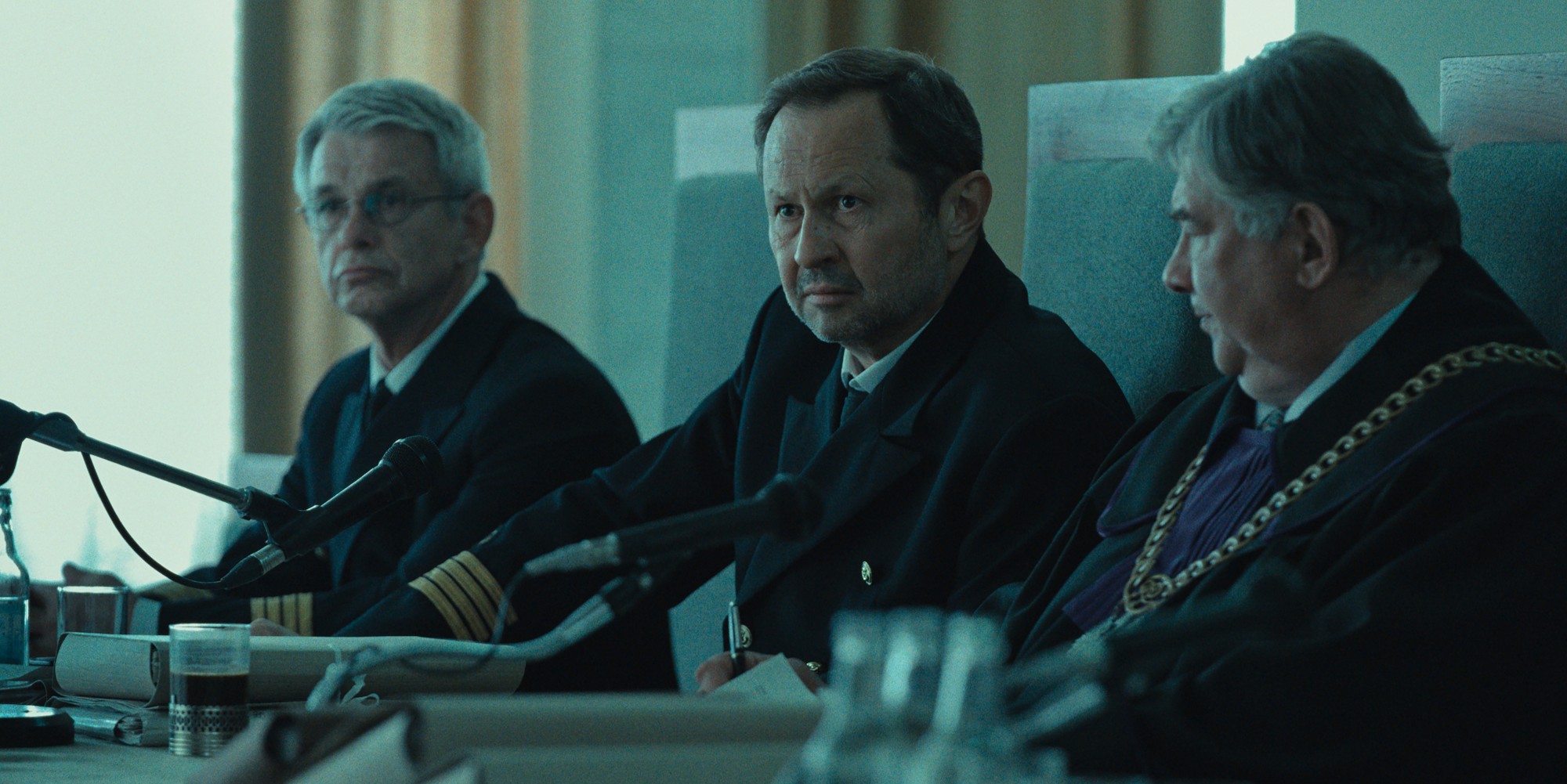
The reveal from the audio tapes connects the previously shown flashbacks of a ship, known as Kempen, that appears right next to Heweliusz at the peak of the storm. However, while in the earlier iterations we see it as a helpful ship that is forced to pull back due to unforeseen circumstances, the recordings frame them in an entirely new light. With Ułasiewicz fast asleep, Witek temporarily has command of the vessel, and upon noticing the Kempen, makes the blunder of halting the ferry dead in its tracks. This jolts the captain awake, and while he retakes control of the wheel within minutes, by then it is already too late. With the engines unable to power through the currents, Heweliusz begins to tilt in one direction. Worse, Kempen’s awkward position forces Heweliusz to take a sharp turn, further derailing its balance. When the overloaded trucks break free of their chains under pressure, their combined weight serves as the final blow in capsizing the ferry.
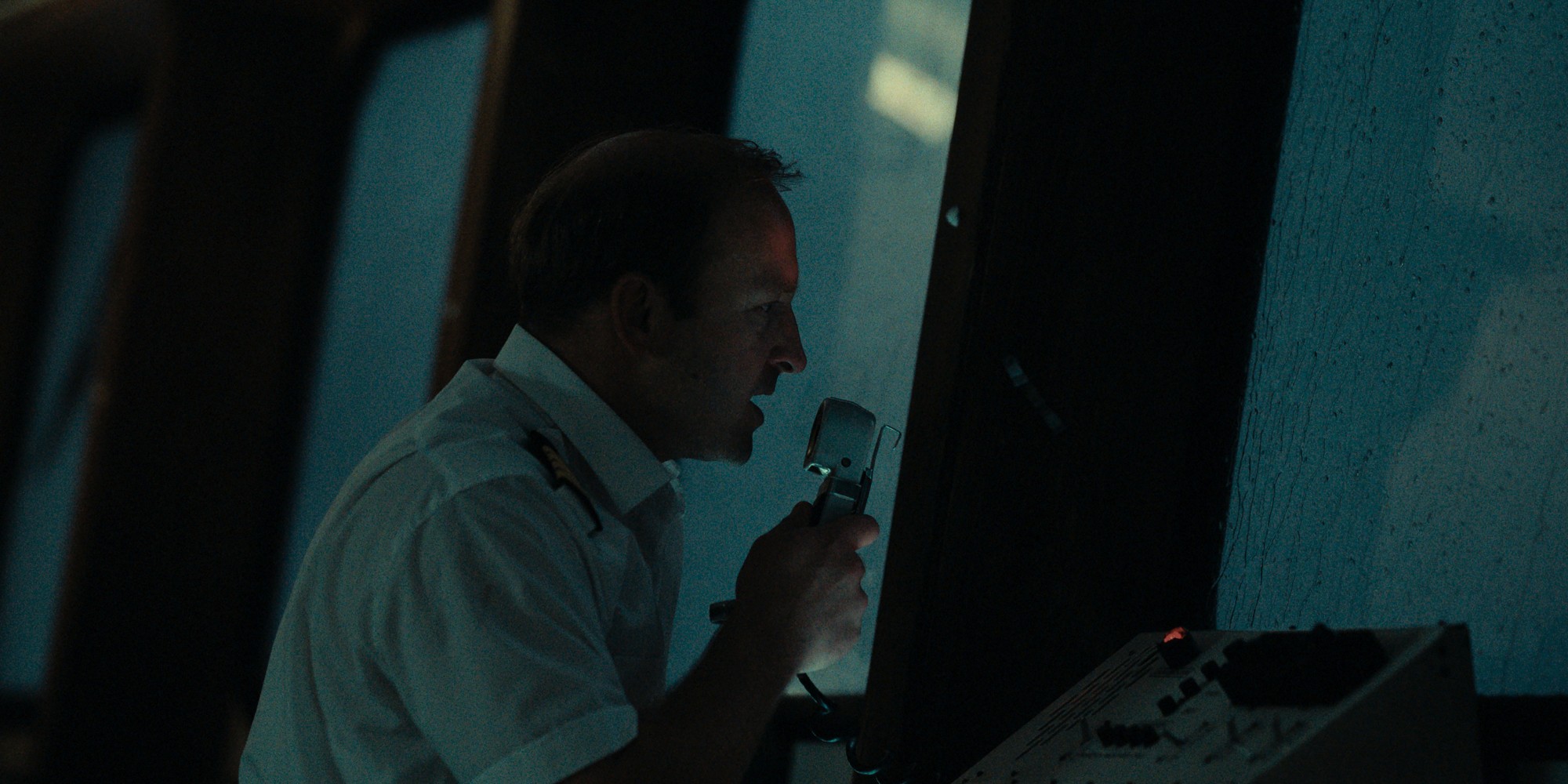
Although the Maritime Chambers are presented with ample facts concerning the ship’s faulty construction, including the excess concrete poured into its deck and the unrepaired aft door, the committee refuses to pay much attention, likely to steer the blame away from the Navica Ferries. Worse, the idea of Captain Ułasiewicz and his crew being drunk during the voyage is forcibly made into the central discussion point, and all of that compiles into a lopsided, unreliable report. To that end, the official ruling reiterates the idea that the captain of the ship has the final say in a ship’s fate. However, the show’s narrative structure enables it to question the pitfalls within this concept, and through the combined efforts of Binter, Budzisz, and Witek, most of the events leading up to the disaster are at least brought to the public’s attention. While the captain did play a role in the tragedy, the shipowners’ reckless decisions, combined with the ship’s existing issues, led to its capsizing.
Does Witek Die by Suicide? Why?
Although Captain Andrzej Ułasiewicz posthumously takes the fall for the Heweliusz disaster, we learn that Witek’s spontaneous decision to stop the ferry plays a major role in its eventual collapse. While this mistake does not necessarily translate to culpability, he is unable to let go of that guilt. In the final sequence of ‘Heweliusz,’ Witek seemingly jumps off a ship in an attempt to take his own life. While a call for rescue immediately follows, we never learn whether he is saved or meets his end right there. However, given Witek’s mental state, there is a sense of finality to his suicide attempt, and as such, there is a strong possibility of his dying in the end. The fact that, prior to the final episode, Witek seemed to be on the verge of a psychological recovery makes his fate all the more impactful, as well as thought-provoking on a thematic level.
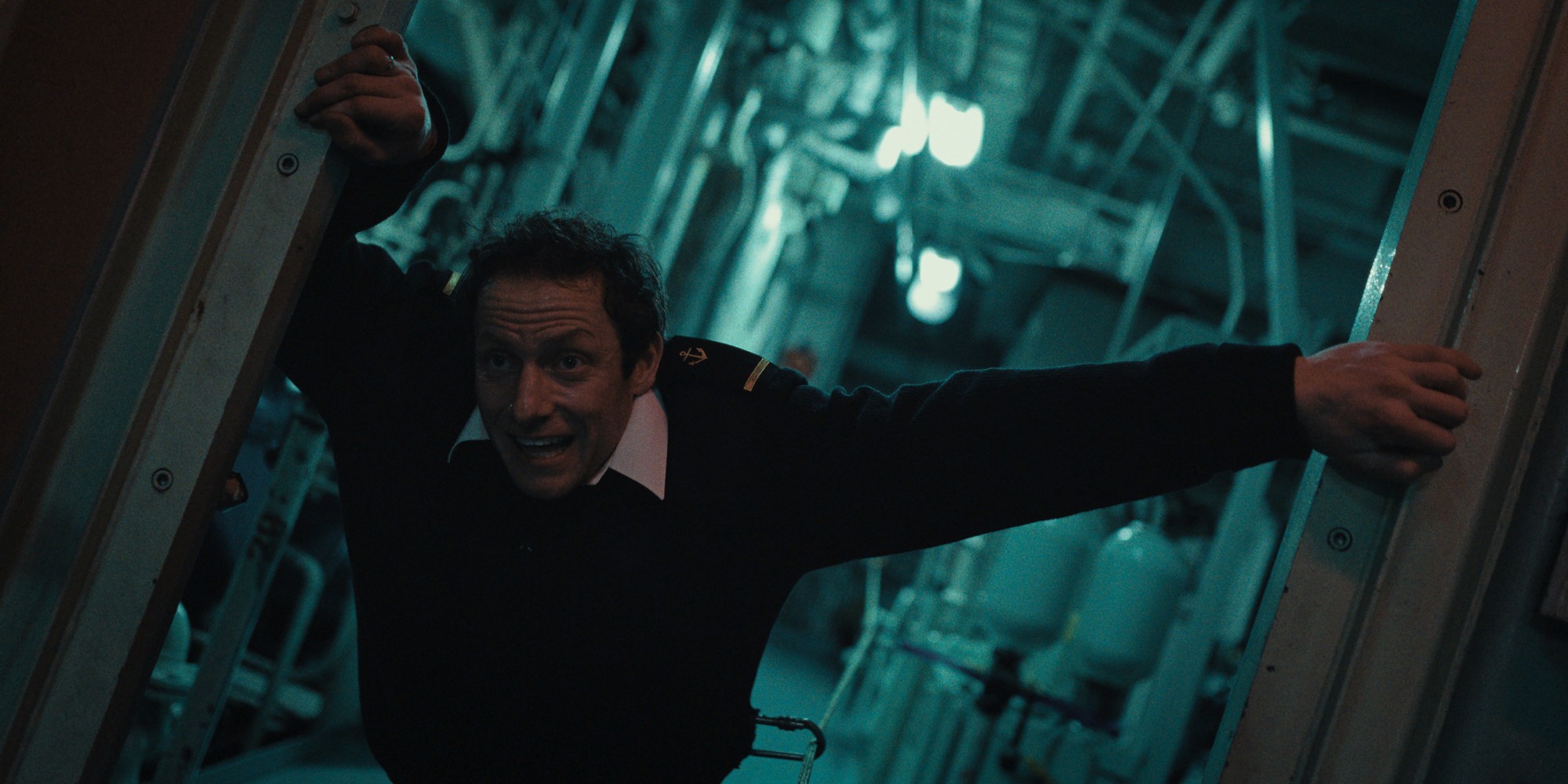
While in the hospital following the ferry disaster, Witek mentions to his doctor a supernatural experience, through which he accurately predicts the presence of a hole in the back of his life-jacket; something he had no way of knowing. Upon hearing this, the doctor recalls another patient, who described something outside of his range of senses mere moments before death, and Witek connects it to having an out-of-body experience during the capsizing. Despite being a short exchange, this scene holds immense symbolic value, and in light of his conclusion, Witek’s claim of feeling out of body can be interpreted as his death drive. To that end, his decision to attempt suicide by drowning implicitly calls back to how most of his crewmates aboard Heweliusz died, and it is possible that Witek feels the urge to reunite with them.
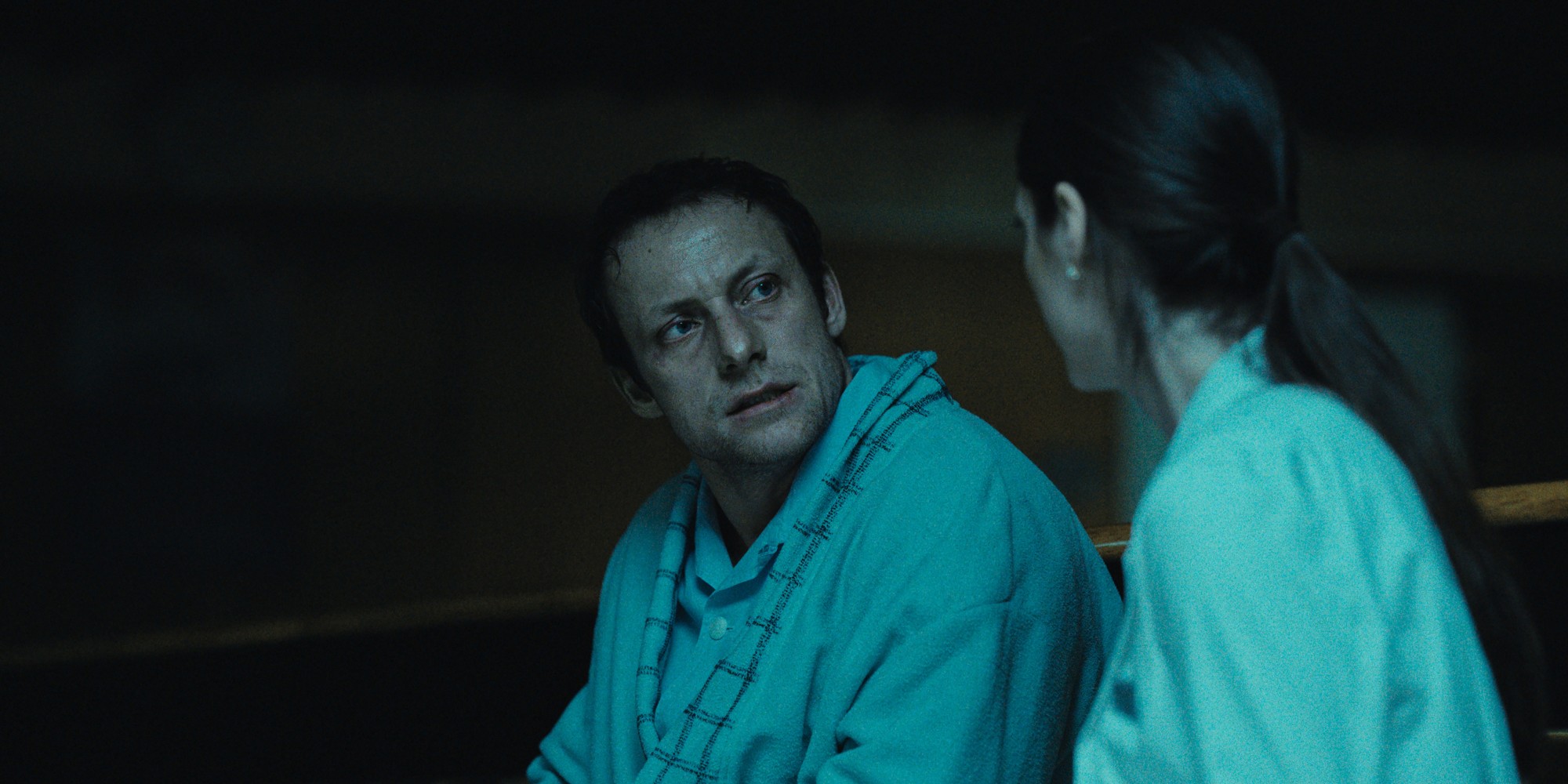
Given how Witek is presented throughout the show, much of his psychological development is implicit in nature, and that makes his decision to take his own life a complicated one. Although he adamantly refuses the idea that he caused the accident, a part of him likely bears that burden. With a survivor’s complex in place, the fact that he is unable to save his captain from being blamed serves as another blow to his psyche. To top it off, the fact of his being mistaken for another person upon arrival serves as another death flag embedded into his arc from the very beginning. As the narrative strongly indicates that he took his own life, the question now also concerns his wife and their newborn child. Witek making that jump despite being aware of their helplessness speaks to the intensity of his inner turmoil.
Was Binter’s Death Murder or an Accident?
While the ambiguity in Witek’s fate is largely a question of intent, with Binter, all the shadowy forces of the narrative come into play. After discovering the contents of the tape, he immediately relays the news to Budzisz and then enters the car for a long drive back to the hearing. However, in yet another jaw-dropping twist, we learn the following day that Binter died in a car accident. Notably, his death seems to have done wonders for the Maritime Chamber, as they finally gain a complete grip on the narrative-building process and release a unanimous ruling, holding Ułasiewicz guilty. As such, Binter’s death is unsurprisingly shrouded in suspicion and conspiracy, with a strong possibility that he was murdered in order to make the case easier to handle. While there is no strong indication of the same within the narrative, the oddly convenient timing and mysterious nature of his accident support the idea.
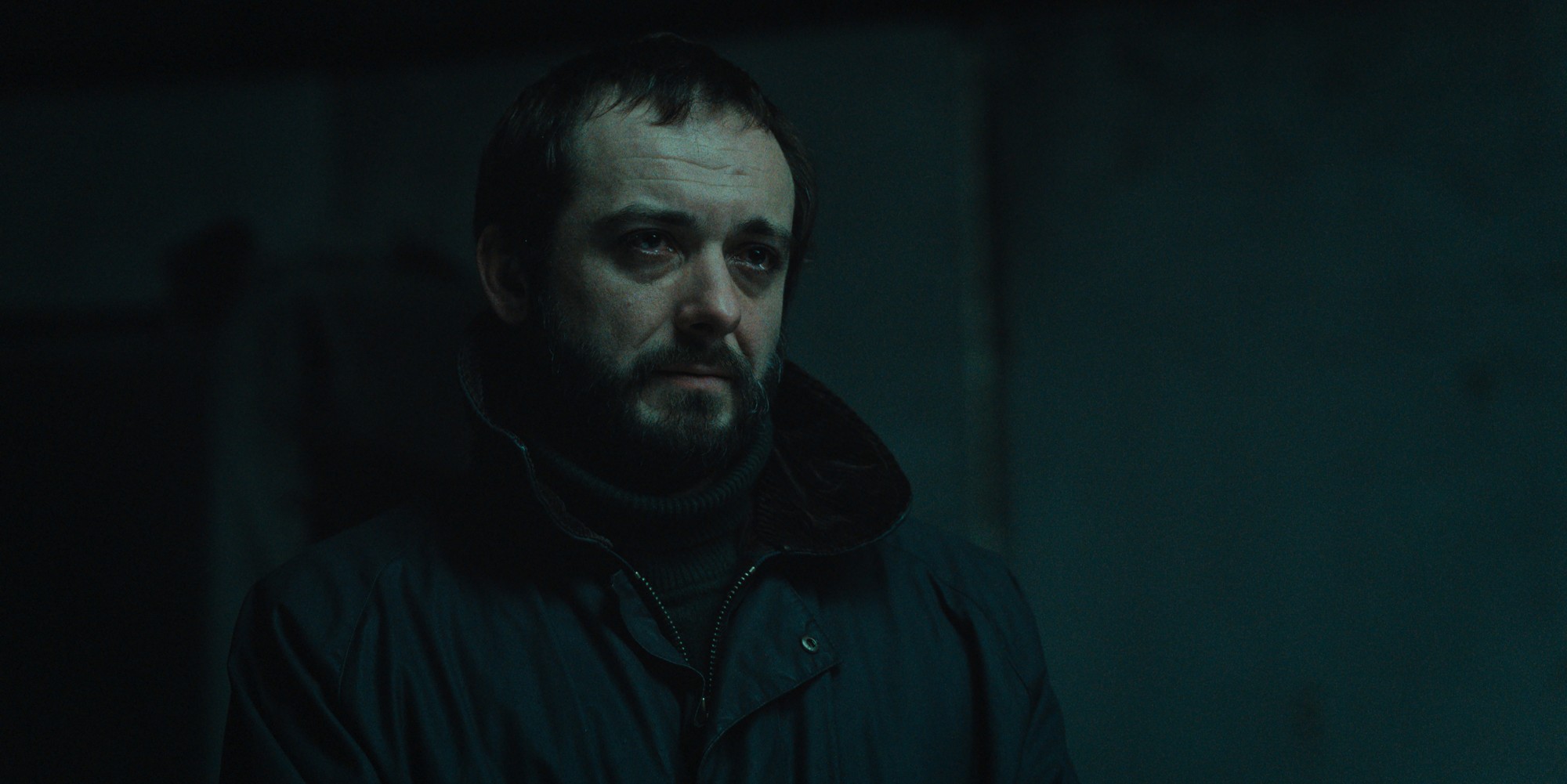
In a brief flashback to the accident, we see a truck appearing right in front of Binter’s path, crushing his car and throwing him off the road. Although Binter appears to have survived the initial impact, the ensuing fire kills him. The fact that the truck driver exits the scene without attempting to help Binter whatsoever puts the scene closer to a murder than an accident. Furthermore, it being a truck is also relevant, as we know that earlier, mysterious trucks were being loaded inside Heweliusz in the last minute. To that end, there is a strong possibility that the same forces were behind both the incidents and had pulled strings from behind to ensure that the truth never got out. Binter’s death not only extinguishes the last hopes of an honest proceeding but also adds to the overarching motif of people associated with Heweliusz spiritually meeting their end in tandem, one way or another.
What Happened to the Tapes? Where is Ship Kempen?
By a cruel twist of fate, on his way back, Binter ends up carrying the original copy of the German tape recordings. With a fire raging through the car shortly after the crash, the recordings end up burnt and destroyed, and with that, the only evidence at Budzisz’s disposal goes to waste. Refusing to give up, however, the lawyer relays everything Binter told him during their last phone call. While his words do sound compelling, the absence of any hard evidence rules it out of consideration. While Binter’s death is suspicious in and of itself, it is unlikely for the Maritime Chamber, or any higher authority, to be alarmed about the tapes this quickly. However, with no clear insight into what transpired, there is a possibility that the tapes weren’t destroyed, but stolen, with the fire acting as the perfect cover-up.

With the tape recordings seemingly gone forever, the question of Kempen’s existence, much less its rediscovery, also remains unanswered in the final moments of ‘Heweliusz.’ At the beginning of the show, Binter questions why some of the retrieved bodies appear to be butchered, and while no clear answer is provided for quite some time, glimpses of the ferry disaster and Kempen’s involvement in it help piece together an answer. Given the vessel’s proximity to Heweliusz, it is possible that some of the crew and passengers were caught up in Kempen’s propeller, leading to their injuries. Alarmed by the potential risk of incrimination, Kempen’s crew decided to escape the scene, leaving no real trace of their existence. However, the tapes are likely not the only proof of their existence, and the fact that Budzisz knows the ship’s name hints at a potential reinvestigation in the future.

